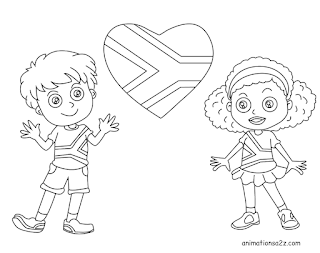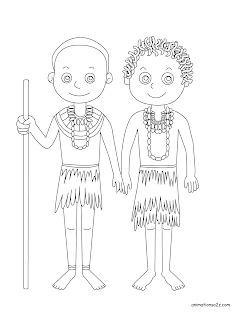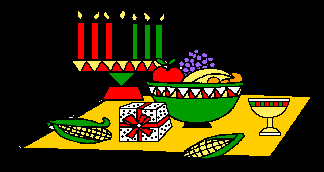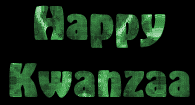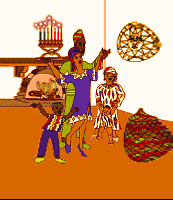World Malaria Day is a special day of the year designed to raise awareness of the global effort to control malaria and ultimately eradicate it. The date of Malaria Day was set for April 25, 2001, but then it was called Malaria Day in Africa, in order to control malaria and reduce mortality from it there. In 2008 Malaria Day in Africa expanded to World Malaria Day.
World Malaria Day was set at the 60th Session of the World Health Assembly (a meeting sponsored by the World Health Organization [WHO]) to recognize that malaria exists in countries around the world other than Africa and raise awareness of the importance of the global fight against the disease.
Interesting facts about malaria
Malaria is an infectious disease also called swamp fever. It is most common in areas with tropical climates and especially in Africa, Central and South America and the Far Eastern countries.
Malaria mainly affects the red blood cells and causes damage to vital organs in the body as a result of anemia and blockage of blood vessels.
The origin of the name of the disease is in the Italian language, which means "bad air" (mala aria), due to the belief that existed in the past that the bad swamp air is the cause.
Malaria is one of the leading causes of death in the world! In 2018, an estimated 228 million people contracted malaria, of which about 405,000 died, most of them children under the age of 15 in sub-Saharan Africa.
Malaria is spread by the Anopheles mosquito. It exists in more than 100 countries around the world.
Malaria can be prevented by protecting against mosquitoes and spraying their incubators. The goal of the World Health Organization is to raise, among other things, the use of bed nets treated with insecticides and spraying with insecticides in places of origin in countries that are particularly vulnerable to malaria.
The cause of malaria is a unicellular creature called Plasmodium, which exists in the stomach of the Anopheles mosquito. There are ten other species of plasmodium that also harm other animals such as birds, reptiles and rodents.
In 1897, Ronald Ross, a British physician, parasitologist and epidemiologist, showed the existence of a plasmodium in the stomach of a mosquito. Thanks to this discovery he received the Nobel Prize in Physiology and Medicine in 1902.
The drugs for malaria are based on quinine, a substance extracted from the bark of quinine or synthetically produced. But the treatment with these drugs is not enough, and to fight Plasmodium additional drugs are needed.
In 2015, Tu Youyou, a Chinese physician specializing in pharmacology and drug treatment for malaria, received the Nobel Prize in Physiology and Medicine for the discovery of the substance Artemisinin, which is used as a cure for malaria.
Symptoms of malaria include high fever, tremor, joint pain, severe headache, vomiting that contains blood, excessive sweating, chills, diarrhea, abdominal pain, skin punctures, hypoglycemia and general malaise. Complications of malaria include coma and when left untreated, it ends in death in about 20% of cases.
The eucalyptus tree is a natural fighter for malaria. In the 19th century it was believed that the eucalyptus fought malaria by disinfecting the soil and air. At the end of the century, the real cause of the disease was discovered and the connection between it and the eucalyptus was clarified. The water-loving eucalyptus dries the swamp water in which the Anopheles mosquito larvae spread the disease. It originated in Australia, where malaria did not exist. Eucalyptus has been used as an anti-malarial agent in California, South Africa, Spain, Turkey, Israel and Italy.



















